My Son Sanctuary
Mỹ Sơn is a Hindu temple complex built by the Champa, a united kingdom of various tribes of the Cham ethnic group. The Champa ruled South and Central Vietnam from the 3rd century until 1832. Upon their succession, Champa kings would build temple complexes at Mỹ Sơn.
In 1832, the Champa were annexed by the Vietnamese Emperor Minh Mang, and the Mỹ Sơn temple complex was largely forgotten and was reclaimed by the jungle. In 1898, the Frenchman M.C. Paris rediscovered the complex during the French occupation of Vietnam. This led to the study and partial restoration of the site by the École française d’Extrême-Orient and other scholarly societies. Frenchmen Henri Parmentier and M.L. Finot are credited with extensively documenting the site as it existed at the time, including copious photographs.
Today, efforts are under way to preserve and restore the temples to the conditions documented by the French in the early 20th century. These restoration efforts involve the use of materials that is as similar as possible to those used by the original Champa architects. The restored sections of temples are readily visible and obviously distinguishable from the original sections, as the modern bricks are cleaner and a noticeably different color.
Description:
My Son Hindu Sanctuary, a UNESCO World Heritage Site, is a great sample of the ancient Champa civilization located in the southern part of Vietnam. The impressive Hindu-themed ruins feature many beautiful stone sculptures, temples and towers in tropical jungle surroundings.
My Son was also a political centre and a royal burial ground and the complex consists of more than 70 structures devoted to Hindu gods and goddesses and the most noticeable one, Shiva, was considered the protector of the Champa’s kings. Their skilful use of red bricks and sandstone is remarkable. Like many historic sites around the world, My Son was destroyed by time and wars and after lying neglected for a long time it was rediscovered and renovated by the French in 1898. Sadly the most recent war did great damage to the complex as the Americans bombed this area knowing that the Viet Cong used it as a hiding place, mistakenly thinking that the enemy would not touch a holy site. However, the majority of the central complex managed to survive the bombs and parts of the ruins have now been rebuilt. Overall, this Hindu sanctuary reminds visitors of other similar sites in Southeast Asia including the great Angkor Wat in Cambodia. A must-visit for those who appreciate history.
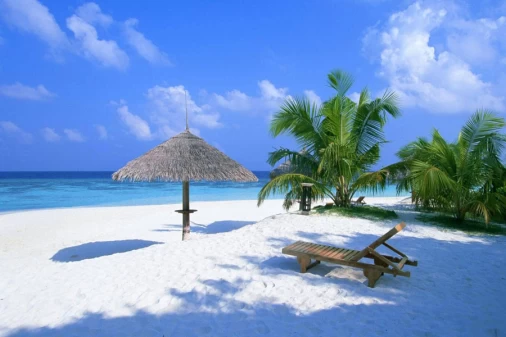
An Bang Beach
An Bang Beach, located in the city of Hoi An in Vietnam has been voted amongst the top 50 beautiful...
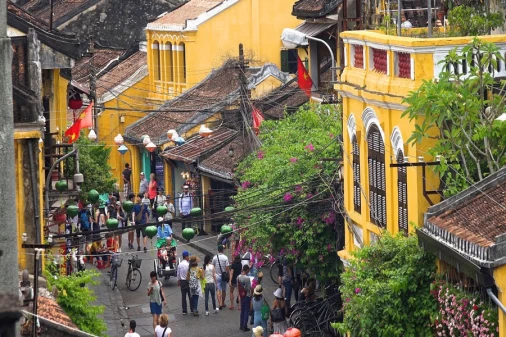
Central Market Hoi An
Description: Sharpen your bargaining skills and head south east to Hoi An Central Market, one of Vietnam’s...
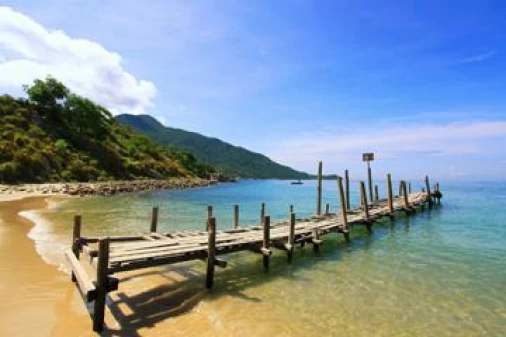
Cham Island
Cham Islands consists of eight small islands off the coast of Hoi An, one of which is a recognized UNESCO...
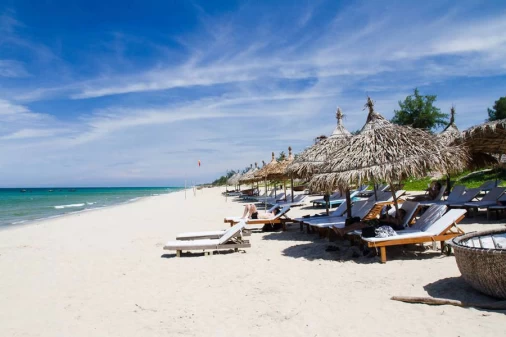
Cua Dai Beach
Cua Dai Hue Beach is always in the top of Asia’s most beautiful beaches. Here there are small waves,...
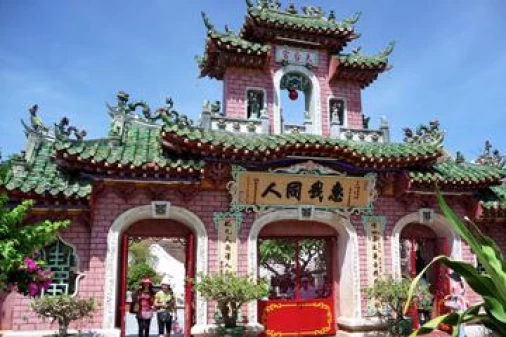
Fujian Assembly Hall
Fujian (Phuc Kien) Assembly Hall was built around 1690 and functions as a traditional assembly hall...
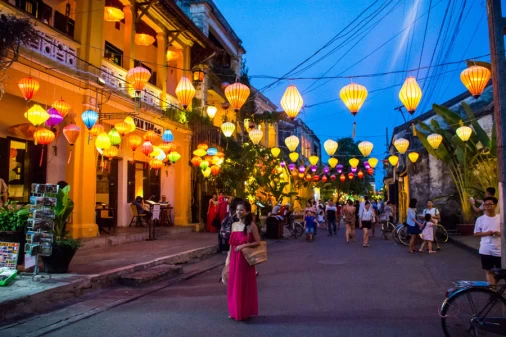
Hoi An Ancient Town
Hoi An, once a major Southeast Asian trading post in the 16th and 17th centuries, is basically a living...
You may also like
Glimpse Of Central Vietnam 5 Days
- Depart Time:Daily
- Starts/Ends:Da Nang/Da Nang
- Tour type:Private Tours
- Travel Style:Heritage Tours, Family Tours, Culture & History
- Activities:Walking tours, Sightseeing Tours, Cultural, religious and historic sites tours, City sightseeing tours
- Suitable for:Solo, Family, Group, Couple
- Age range:1 To 90 Years
- Operated in:English, French, Spanish, German, Italian
Must See Of Central Vietnam 6 Days
- Depart Time:Daily
- Starts/Ends:Da Nang/Da Nang
- Tour type:Private Tours
- Travel Style:Heritage Tours, Family Tours, Culture & History
- Activities:Walking tours, Sightseeing Tours, Cultural, religious and historic sites tours
- Suitable for:Solo, Family, Group, Couple
- Age range:1 To 90 Years
- Operated in:English, French, Spanish, German, Italian
Highlights Of Central Vietnam 7 Days
- Depart Time:Daily
- Starts/Ends:Da Nang/Da Nang
- Tour type:Private Tours
- Travel Style:Heritage Tours, Family Tours, Culture & History
- Activities:Walking tours, Sightseeing Tours, Local culture tours, Cultural, religious and historic sites tours, Countryside and village visits tours
- Suitable for:Solo, Family, Group, Couple
- Age range:1 To 90 Years
- Operated in:English, French, Spanish, German, Italian
 France
France  Spain
Spain  German
German  Italian
Italian 




 Vietnam Tours
Vietnam Tours  Cambodia Tours
Cambodia Tours  Myanmar tours
Myanmar tours  Thailand Tours
Thailand Tours  Laos Tours
Laos Tours